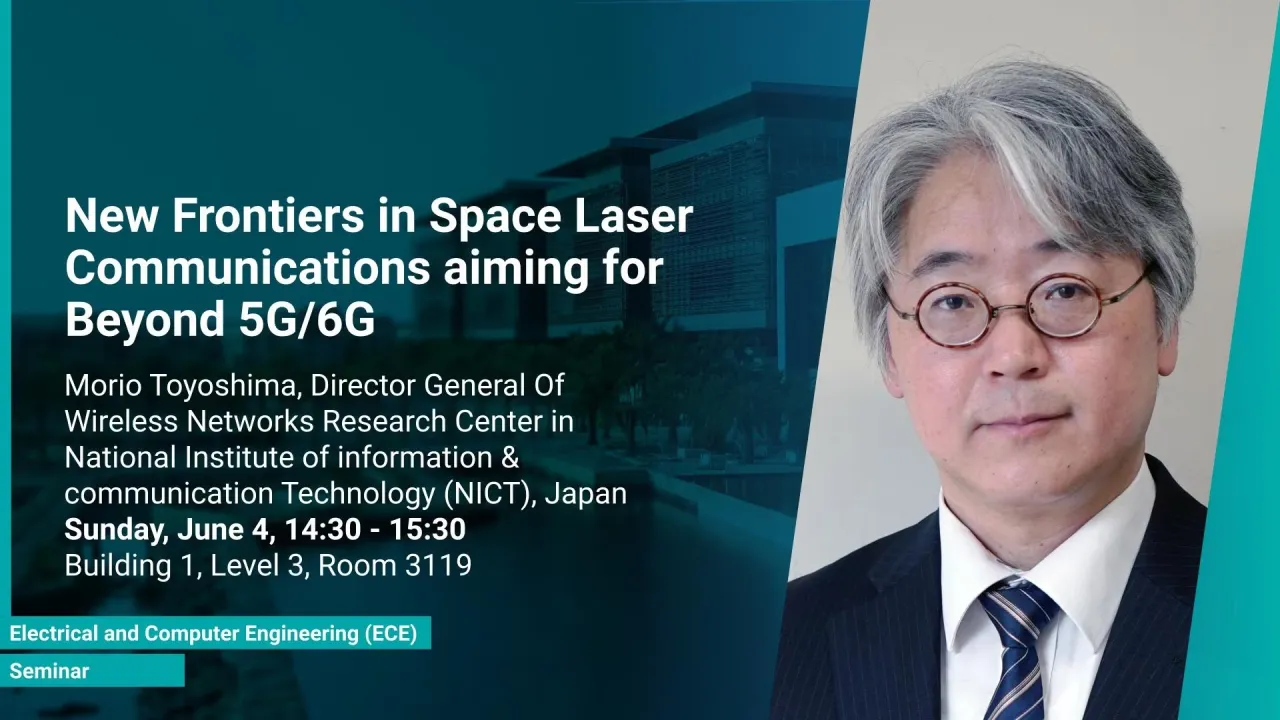
New Frontiers in Space Laser Communications aiming for Beyond 5G/6G
- Morio Toyoshima, Director General of Wireless Networks Research Center, National Institute of Information and Communications Technology
B1 L3 R3119
These discussions on the way how information and communication technology (ICT) should be in Beyond 5G (B5G) and 6G are accelerating, the space laser communication is becoming more advanced and active in the field of space communications.
Overview
Abstract
In recent years, as discussions on the way how the information and communication technology (ICT) should be in Beyond 5G (B5G) and 6G are accelerating, the space laser communication is becoming more advanced and active in the field of space communications. The realization of the advanced communication network is expected to connect the terrestrial and non-terrestrial networks (NTN) seamlessly. B5G/6G will require further global spatial expansion of the network than the current 5G, which direction is toward not only two-dimensional so far but also three-dimentional expansion for the mobile platforms called NTN in the future. In this talk, the trend and future vision of the space laser communication technology in the B5G/6G era will be introduced.
Brief Biography
Morio Toyoshima received a Ph.D. in electronic engineering from the University of Tokyo (Tokyo, Japan) in 2003. He joined the Communications Research Laboratory (CRL, Ministry of Posts and Telecommunications) in 1994 and shortly after was engaged in research for the Engineering Test Satellite VI (ETS-VI) optical communication experiment. He joined the Japan Aerospace Exploration Agency (JAXA; formerly, NASDA) to assist in the development of the Optical Inter-orbit Communications Engineering Test Satellite (OICETS) from 1999 to 2003. He spent one year as a guest scientist at the Vienna University of Technology, Austria in 2004. In April 2006, he returned to NICT, where he performed ground-to-OICETS laser communication experiments 2006. He was involved in the development of the Small Optical TrAnsponder (SOTA) for 50-kg-class satellites and conducted satellite-to-ground quantum communication experiments. He was also involved in the development of the communication payloads for the Engineering Test Satellite 9 (ETS-9). He is now the Director General of the Wireless Networks Research Center in NICT, since April 2021.